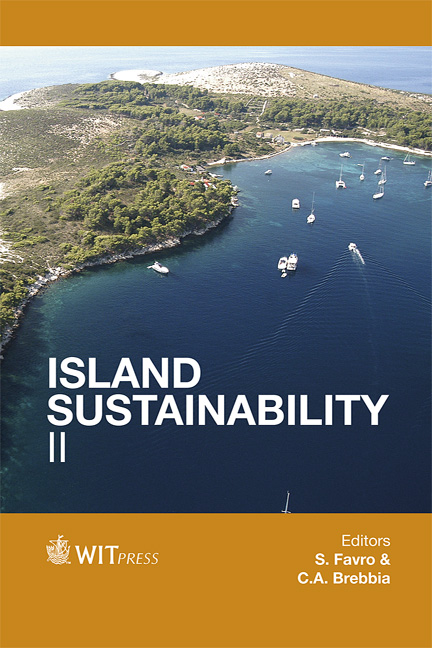Osmussaar: The Rise And Fall Of An Island
Price
Free (open access)
Transaction
Volume
166
Pages
12
Page Range
157 - 168
Published
2012
Size
741 kb
Paper DOI
10.2495/ISLANDS120131
Copyright
WIT Press
Author(s)
Ü. Suursaar & H. Tõnisson
Abstract
Changes in the natural and settlement history of Osmussaar Island are studied on the basis of hydrodynamic and geomorphic field experiments, as well as on old maps, archive material and ethnographic literature. Osmussaar is a 5 km long and 8 m high island which emerged from the Baltic Sea about 3000 years ago as a result of postglacial rebound. At present, the regional uplift is nearly balanced out by the global sea level rise and from now on projected increasing storminess and sea level acceleration will likely reduce the size of the island. The island is exposed to storms from western and northern sectors. Wind waves and sea level variations during occasional storm surges, such as the ones in 1967, 2005, and 2007, are the main hydrodynamic factors responsible for coastal changes in this part of the nearly tideless Baltic Sea. The limestone cliff on the NW part recedes approximately 9 cm/yr and the longshore transport of gravel-pebble feeds the spits and beach ridges at the southern end. Socially, the island has undergone some highs and lows as well. In the 1930s, a community of 130 inhabited the island; in 1940 they were replaced by a Soviet military base. Nowadays, one household is permanently residing on the island but the prospects for eco-tourism are good. Keywords: sea level rise, coastal dynamics, island community, WW2, climate change, Baltic Sea.
Keywords
Keywords: sea level rise, coastal dynamics, island community, WW2, climatechange, Baltic Sea





